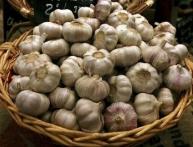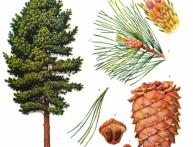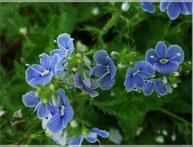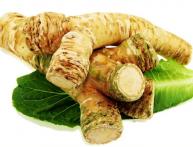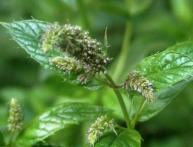Common heather

Common heather is an evergreen shrub with a powerful rhizome and a thin stem. The height of the heather reaches approximately 100 centimeters. Leaves – opposite, small, linear-lanceolate, triangular. Fetus - This is a leathery capsule with small seeds. Inflorescence – multi-color, one-sided, in the form of a brush. Flowers – small, bell-shaped, violet, lilac, cream, white. The flowers are located on short stalks. Common heather blooms in July, August, September, fruits appear in September, October. The plant has astringent or bitter taste and strong honey smell. Common heather is propagated by dividing bushes or cuttings.
Heather is medicinal plant. It contains phenols, phenolcarboxylic acids, glycosides, coumarins, catechins, flavonoids, leukoanthocyanidins, protoanthocyanidins, citric and fumaric acids, tannins, saponins, alkaloids, gum, starch, resin. The flowers contain vitamins, steroids, microelements, and pigments.
Preparations containing heather have hypnotic, sedative, anti-inflammatory, diuretic, diaphoretic, hemostatic, antibacterial, expectorant, astringent, wound healing actions. In addition, the plant has a moderate hypothermic and hypotensive effect and affects blood clotting.
The use of heather is common in folk medicine and homeopathy. Common heather is used in the form tinctures, lotions, teas, decoctions, compresses, infusions, baths. Also used juice for rinsing.

